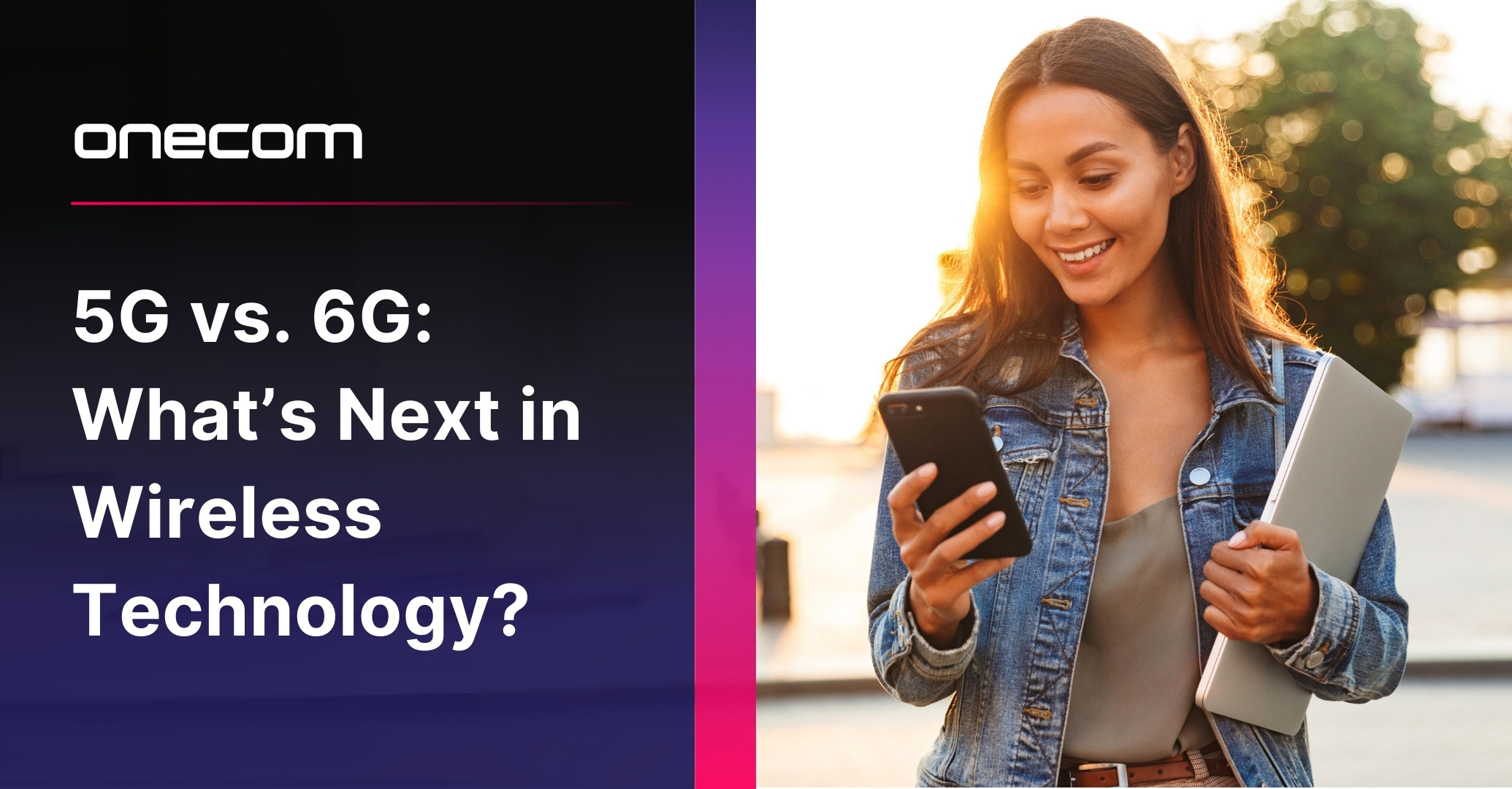The world of wireless technology is constantly evolving, and with the rollout of 5G still in progress, the industry is already looking ahead to the next big thing: 6G.
So, what is the current state of 5G technology, and what does 6G have in store for us? Let's delve into the present capabilities of 5G and uncover the potential that 6G promises for the future of connectivity.
The Current State of 5G
5G, the fifth generation of wireless technology, has been a game-changer in the telecom industry. It offers significant improvements over its predecessor, 4G, including:
- Higher Speeds: 5G can deliver speeds up to 100 times faster than 4G, enabling quicker downloads and smoother streaming.
- Lower Latency: With latency as low as 1 millisecond, 5G provides near-instantaneous communication, which is crucial for applications like autonomous vehicles and remote surgery.
- Increased Capacity: 5G can support a much larger number of connected devices per square kilometre, making it ideal for densely populated urban areas and the growing Internet of Things (IoT).
- Enhanced Reliability: The technology offers more stable connections, reducing the likelihood of dropped calls and interrupted data sessions.
Despite these advancements, 5G is still in the early stages of deployment in many parts of the world. Challenges such as infrastructure development, spectrum allocation and regulatory hurdles need to be addressed to realise its full potential.
The Emerging Concepts of 6G
While 5G is still being rolled out, researchers and industry leaders are already conceptualising 6G, the sixth generation of wireless technology. Although 6G is still in the research phase, some key concepts and goals are beginning to take shape:
- Terahertz Frequencies: 6G is expected to operate at terahertz frequencies, which are much higher than the millimetre waves used by 5G. This could potentially offer even faster data rates and greater capacity.
- Ultra-Low Latency: 6G aims to reduce latency to microseconds, enabling real-time applications that are currently unimaginable.
- AI Integration: Artificial intelligence will play a significant role in 6G networks, optimising everything from spectrum management to predictive maintenance and user experience.
- Holographic Communication: 6G could make holographic communication a reality, allowing for immersive virtual meetings and experiences.
- Global Coverage: With the integration of satellite networks, 6G aims to provide seamless global coverage, including remote and underserved areas.
What the Future Holds
The transition from 5G to 6G will not happen overnight. It will require significant advancements in technology, infrastructure and regulatory frameworks. However, the potential benefits are immense:
- Revolutionising Industries: From healthcare to transportation, 6G could revolutionise various industries by enabling new applications and services that require ultra-fast, reliable and low-latency communication.
- Enhanced User Experience: Consumers can expect even more seamless and immersive experiences, from augmented reality (AR) and virtual reality (VR) to smart cities and connected homes.
- Economic Growth: The deployment of 6G could drive economic growth by creating new business opportunities, jobs and markets.
While 5G is still transforming the way we connect and communicate, the telecom industry is already looking ahead to 6G. With its promise of unprecedented speed, capacity and innovation, 6G has the potential to reshape the future of wireless communication in ways we can only begin to imagine.
Learn more about Onecom's 5G connectivity solutions here.
